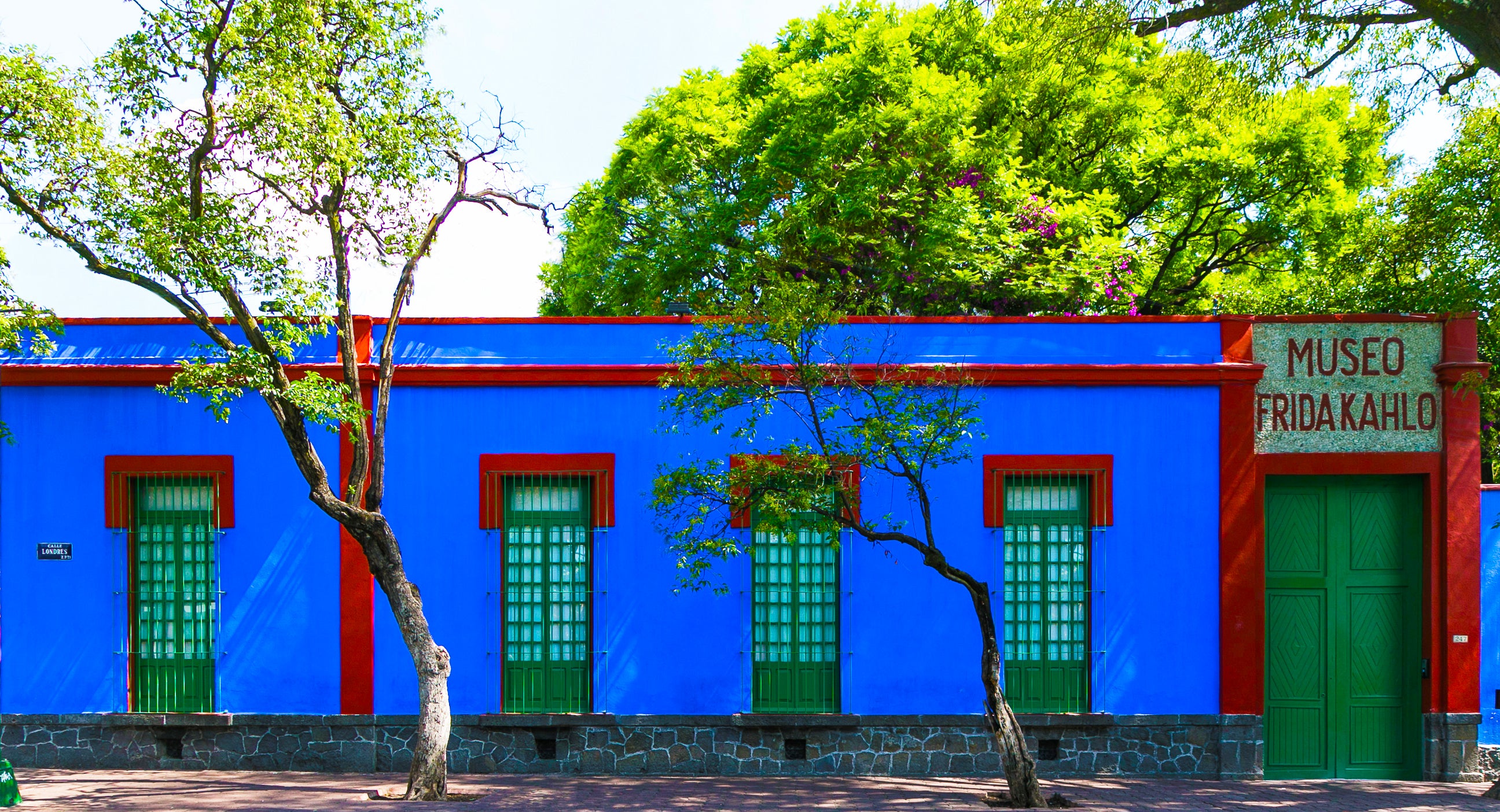To wander the streets of Mexico City is like entering a David Hockney painting: vibrant colours so bright they dazzle. Chairs outside small pavement cafes are sometimes searing turquoise, tables cobalt blue, front doors crimson or sunflower yellow, all of which stand out from 1,000 yards.
And the energy is infectious even for a city of siestas and quiet contemplation in its green parks, tree-lined boulevards and cool churches where time, if not always the traffic, seems to stand still.
The Mexican capital is having an extraordinary moment right now, rightly acclaimed as one of the most exciting cities with its fiesta of food, art, museums and galleries, and unrivalled people-watching.
Sprawling and historic, with Spanish and Aztec monuments, the city today is flamboyant, fast, friendly and often compared by seasoned travellers to New York in the Nineties when the artists of the world seemed to own it. This was before bankers and businessmen moved to the artisan areas and the ensuing high costs made it impossible for it to continue to embrace a sense of bohemia.

Read more: How to spend a day in Condesa, Mexico City’s on-trend neighbourhood
Mexico has a unique vibe of being safer and more sensational than its reputation. It is also a place of devastating contrasts while welcoming a spectacular revival as a tourist destination.
Starchitects like David Chipperfield, the British eco titan and visionary, as well as Marc Quinn, the London artist who put the power back into flowers in contemporary art, are frequent visitors. Chipperfield built here the most dynamic art museum in all of South America.
Madonna flits in and loves to celebrate (and collect) the art of its greatest female artist Frida Kahlo. The city’s potency as an art capital is growing in impact and influence and in the best way, making the city seem as if everyone is sharing art’s vision.
To walk around is to have a street art show, even the greengrocer shops seem to arrange the fruits like a still life in the city’s market places. The Spanish origins of Mexico City date back to 1521 when it was founded on the site of the old Aztec capital. More evidence of the original infrastructure has…
Click Here to Read the Full Original Article at The Independent Travel…
